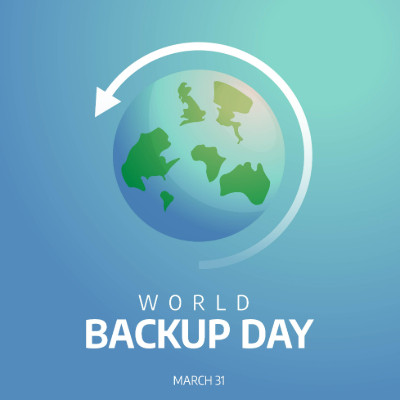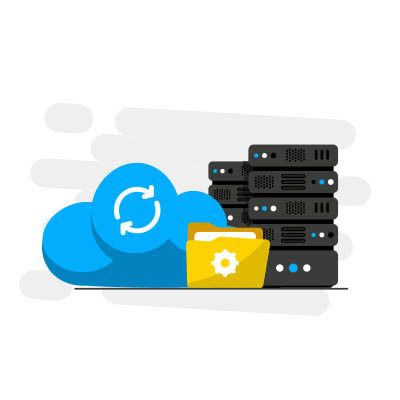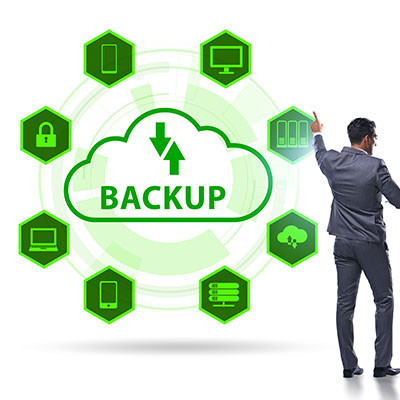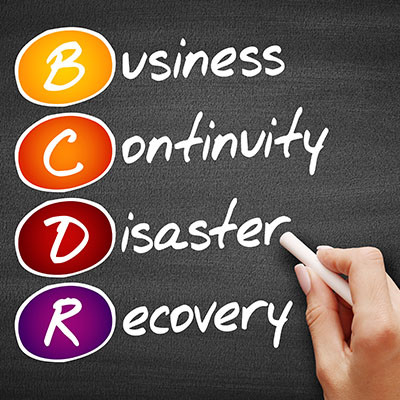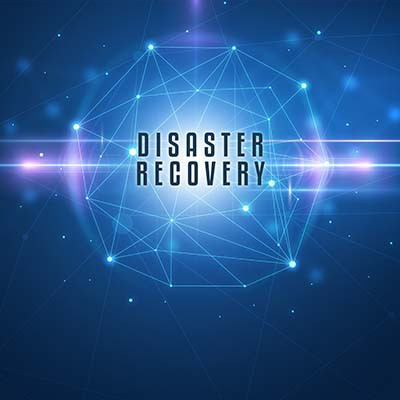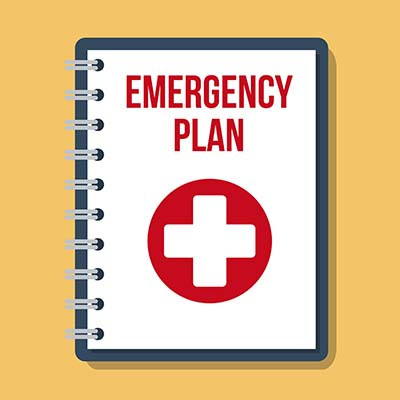Ferrum Technology Services Blog
As a managed service provider, we talk to a lot of small business owners. Most of them are busy juggling everything from sales to staffing and understandably, cybersecurity isn’t always at the top of the to-do list. Unfortunately, threats from outside your business aren’t going anywhere. In fact, they’re getting more sophisticated.
Your business runs on data. You keep customer information, invoices, project files, inventory and much more. If you were to lose it, you face a myriad of problems from hits to your reputation to major downtime. Today is World Backup Day, so we thought it would be good to highlight just how important having a feature-rich and reliable backup strategy is.
Tape backup used to be the go-to backup solution for businesses, but it’s since lost its luster in favor of digital backup solutions. You might still find some uses for it, if you find a good enough excuse. Today, we want to examine why you might still use tape backup, even though a Backup and Disaster Recovery (BDR) solution far outshines it.
We cover data backup and disaster recovery quite a bit, and you might be familiar with some of the terms and strategies we discuss. Today, we’re taking a deeper dive into the 3-2-1 rule and its crucial role in your business’ disaster recovery plan. Let's explore how the 3-2-1 rule can strengthen or weaken your data infrastructure.
There is an almost comical laundry list of problems that all businesses should be prepared for, but what’s not funny whatsoever is what happens when you fail to do so. The term “BDR” is often used as an umbrella term to describe what kind of preparation your organization needs, and today, we want to dive into some of the details that you should know.
Tape backup has been used for a long time, and it was once the most prominent solution for data backup out there. Nowadays, it’s not used much at all, mostly in favor of better and more convenient solutions. However, there has been a slight resurgence in tape backup, so we want to look at why some companies might still use it, despite its flaws.
Data and technology drive modern business, and as such, data backup and disaster recovery are crucial to the continued success of any organization. There is so much at risk that it would be counterproductive to ignore these unforeseen disasters. Disaster Recovery as a Service, or DRaaS, is an effective way to combat the omnipresent threat of data loss.
Technology is center-stage in today’s business world, and when all it takes is a disaster to end operations for many businesses, it suddenly becomes incredibly important to have contingency plans in place… you know, just in case. Let’s go over how you should build an effective disaster recovery plan, as well as how to assess your company’s needs.
Data Backup and Disaster Recovery are essential components of any modern business. As businesses become increasingly reliant on digital data, it's essential to have strategies in place to ensure that your data is safe and secure in the event of a disaster. In this blog post, we'll cover the key components of an effective Disaster Recovery strategy to ensure the safety of your business' data backup. Read on to learn more about Disaster Recovery strategies and how to best protect your business data.
We focus pretty heavily on data backup as an important solution that all businesses should use, and for good reason. It can be all the difference between losing your business’ future or preserving it. We know you don’t like to hear it, but investing in a proper data backup solution is well worth the cost, even if you never have to use it.
If you’ve spent any amount of time around us, you’ve probably had the importance of data backup and disaster recovery preparation preached to you—probably more than once. However, as closely associated as the two are, they are not the same. Let’s explore the critical differences between these two processes so you can be fully prepared to attend to both.
Business continuity is one subject that not a lot of people know a lot about. Even those that claim to, often only understand the theory behind it and the practical applications of strategies and procedures necessary to keep a business running smoothly. This is largely because there isn’t a curriculum that presents a comprehensive outline on how to deal with disaster. This month, we’re going to share some continuity strategies that work, regardless of the situation, to get your business coordinated and back up and running fast following an unfortunate event.
Data backup is something that all businesses need in some capacity. The reasoning for this is simple: you can never predict the future, so your business’ life is never guaranteed… unless, of course, you plan for the worst. Today we want to share with you some best practices as they relate to data backup and disaster recovery, practices which we hope will give you the confidence that you can recover from even the worst-case scenarios.
You need to be sure that your business is prepared for disaster, which will necessitate a disaster recovery plan. While there are many steps that go into creating one, we wanted to highlight a few in particular and outline a few best practices to follow for each. Here are three of the most vital elements of a successful business continuity strategy, with a few tips to help you fulfill them most effectively.
Disasters can happen when you least suspect them. Whether it’s a tornado that levels your office or an electrical failure which sparks a structural fire, a business-ending scenario could happen with little-to-no warning. You must be prepared to maintain operations even when it feels impossible, and part of this is being prepared to handle off-site operations.
In today’s age of ransomware, climate change, and worldwide pandemics, a lot can happen that could spell trouble for your organization. This is why it is so critical for your company to have a business continuity plan. There are many factors that contribute to a successful business continuity plan, one of which is a disaster recovery plan. But wait, aren’t those the same thing? Not quite.


